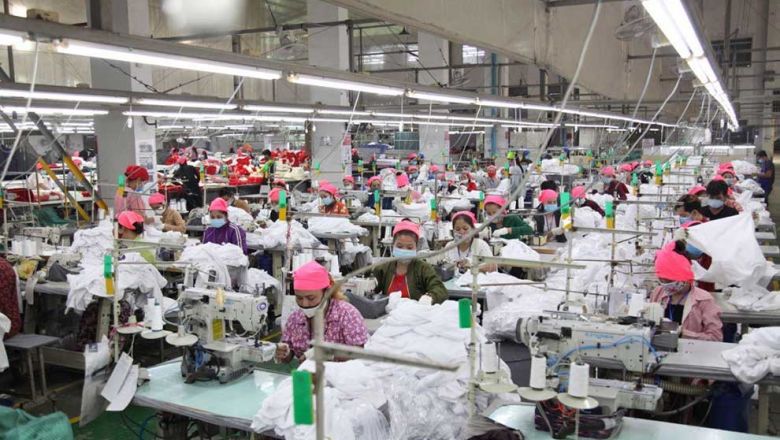SSEZ’s Q1 imports, exports rise 51%
SSEZ’s Q1 imports, exports rise 51%
The volume of imports and exports handled at the Sihanoukville Special Economic Zone (SSEZ) clocked in at $710 million in the first three months of 2022, marking a 50.74 per cent rise year-on-year from $471 million, the operator said in a statement on April 23.
The increase is believed to reflect improvements in regional and global economic activity. For reference, company statistics show that January-February accounted for $437 million, which had been a 42.81 per cent rise over $306 million in the first two months of 2021.
Sihanoukville Special Economy Zone Co Ltd generally does not disclose the individual values for imports and exports.
The April 23 statement said that since the beginning of the year, the operator has “normalised things by taking measures to prevent and control Covid-19 cases, and encouraging the construction of the new phase, 2.0, that could ensure the steady momentum of sound development”.
Cambodia Chamber of Commerce (CCC) vice-president Lim Heng said its favourable geographical location has led to a gradual investment uptrend in the SSEZ, as the number of tenants and business partners grows.
He said Cambodia’s free trade agreements (FTA) with a host of nations and economic blocs offer a wealth of opportunities for businesses to produce goods in the Kingdom to export to partner countries, under special conditions.
Heng added that the Covid-19 vaccination campaign and other “successes” in government efforts to stave off the disease have translated into a greater quantity of investors in Cambodia.
“There’s been a steady increase in both domestic and foreign investors. The amounts of exports and imports at the SSEZ will grow even more,” he predicted.
Hong Vanak, director of International Economics at the Royal Academy of Cambodia, sees the gains in SSEZ imports and exports as a testament to the resilience of its production chains and the reliability of orders from partners.
He said these gains were driven by, inter alia, larger export markets, conducive new investment laws, bilateral and multilateral FTAs and other arrangements that provide preferential access to major markets – such as the US and EU – the Kingdom’s large and affordable labour force, and “convenience” when it comes to international freight shipping by sea.
“Based on the aforementioned combination of factors, I believe the momentum in production at the SSEZ and in imports and exports will remain on a steep incline in 2022,” he told The Post on April 25.
But that trend is not limited to the SSEZ, with businesses “everywhere” outside the industrial zone too recording jumps in imports and exports, he said, adding that the number of investment projects outside special economic zones (SEZ) are also on the rise.
The February edition of the Ministry of Economy and Finance’s Socio-Economic Trends Report showed that in the first two months of 2022, the Council for the Development of Cambodia (CDC) approved a total of 35 private investment projects outside of SEZs, up from 21 last year, with a total capital investment of “more than $2 billion”, rocketing by 236.5 per cent year-on-year.
According to the General Department of Customs and Excise of Cambodia (GDCE), the Kingdom’s international trade amounted to $13.163 billion in the first quarter of this year, up by 9.1 per cent year-on-year from $12.064 billion. This means that merchandise passing through the SSEZ accounted for a 5.4 per cent share in January-March, from 3.9 per cent in the year-ago period.
In January-March, the Kingdom’s exports amounted to $5.717 billion, up 25.7 per cent year-on-year from $4.549 billion, while imports were valued at $7.446 billion, down 0.9 per cent from $7.515 billion, GDCE statistics show.
In 2021, the value of imports and exports passing through the SSEZ were to the tune of $2.234 billion, a 42.75 per cent uptick from $1.565 billion a year earlier, according to the operator. This follows a 26.52 per cent rise in 2020 versus $1.237 billion in 2019, previous statistics show.
The SSEZ is one of the 39 SEZs established in the Kingdom as of 2021, according to the CDC. Late last year, Preah Sihanouk provincial deputy governor Long Dimanche affirmed that the coastal province had 11 SEZs, or 28.2 per cent of the total.
Dimanche told The Post in mid-March that the SSEZ housed more than 300 factories and enterprises which employ between 80,000 and 100,000 workers, and many more companies are planning to enter the industrial zone – which opened in 2008.















